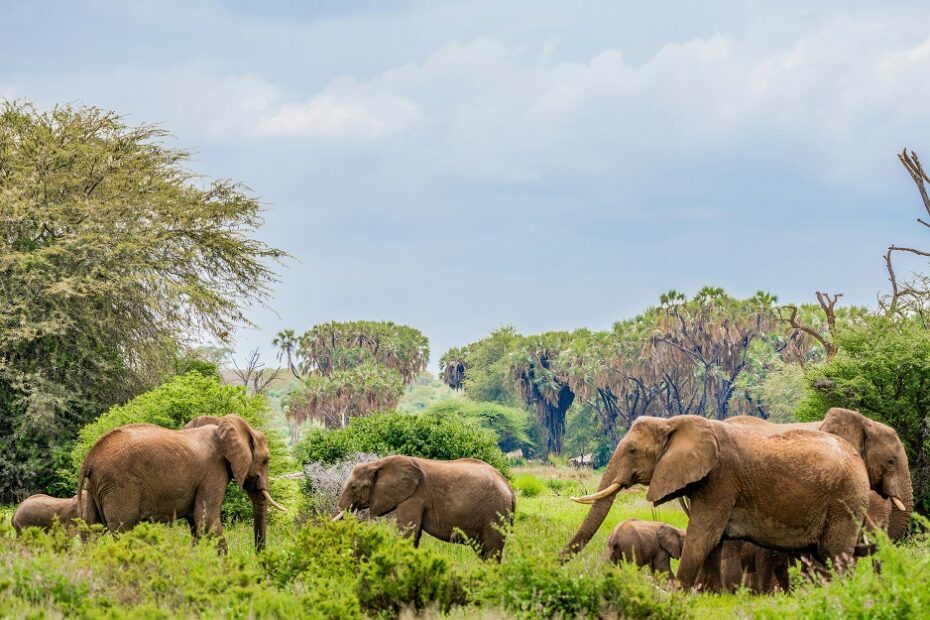In recent years, drones have emerged as powerful tools for wildlife conservation efforts worldwide. These unmanned aerial vehicles (UAVs) offer researchers, conservationists, and wildlife enthusiasts unprecedented capabilities to monitor, study, and protect wildlife and their habitats. In this blog post, we’ll explore the positive impact of drones on wildlife conservation and how they are revolutionizing efforts to safeguard our planet’s most precious species.
1. Enhanced Monitoring and Surveillance
Drones provide researchers and conservationists with a bird’s-eye view of wildlife habitats, allowing them to monitor ecosystems and track animal populations with greater accuracy and efficiency. From tracking endangered species to monitoring illegal poaching activities, drones enable real-time surveillance over vast areas that would otherwise be challenging or inaccessible by traditional means.
2. Non-Invasive Data Collection
Unlike traditional methods such as manned aircraft or ground surveys, drones offer a non-invasive approach to collecting data on wildlife. Their small size, quiet operation, and ability to fly at low altitudes minimize disturbance to animals, allowing researchers to observe natural behaviors without causing undue stress or disruption to their habitats.
3. Improved Conservation Planning and Management
By providing high-resolution imagery and detailed mapping data, drones help conservationists make informed decisions about habitat management and restoration efforts. From identifying habitat loss and fragmentation to assessing the effectiveness of conservation interventions, drones play a crucial role in guiding conservation planning and prioritizing resources for maximum impact.
4. Anti-Poaching and Law Enforcement
Drones are valuable tools in the fight against wildlife crime, including poaching and illegal logging. Equipped with thermal imaging cameras and GPS tracking systems, drones can detect and deter illegal activities in remote or hard-to-reach areas. They enable law enforcement agencies to monitor protected areas more effectively and respond swiftly to threats, ultimately helping to safeguard vulnerable wildlife populations.
5. Public Awareness and Education
Drones have the power to engage and inspire people in wildlife conservation efforts like never before. Through stunning aerial footage and live streaming capabilities, drones bring viewers closer to nature, raising awareness about conservation issues and inspiring action to protect wildlife and their habitats. From educational outreach programs to documentary filmmaking, drones are powerful tools for promoting environmental stewardship and fostering a deeper connection to the natural world.
6. Research and Scientific Discovery
Drones are revolutionizing wildlife research by enabling scientists to study animal behavior and ecology in ways that were previously impossible. From tracking migratory patterns to monitoring nesting sites, drones provide researchers with valuable insights into the lives of wildlife species and their interactions with the environment. This knowledge contributes to our understanding of ecosystems and informs conservation strategies for preserving biodiversity.
Conclusion
While drones have the potential to revolutionize wildlife conservation efforts, it’s essential to recognize that their use must be ethical, responsible, and respectful of wildlife and their habitats. By leveraging the capabilities of drones in monitoring, research, anti-poaching efforts, and public outreach, we can work together to protect and preserve the world’s diverse ecosystems and ensure a brighter future for wildlife and future generations.
The positive impact of drones on wildlife conservation is undeniable, offering hope for the protection of endangered species and the preservation of our planet’s natural heritage. As technology continues to evolve, drones will undoubtedly play an increasingly vital role in conservation efforts, empowering us to become better stewards of the Earth and guardians of its wildlife.
Precision Farming Soars to New Heights with Agricultural Drones
Eco-Friendly Skies: The Environmental Benefits of Drone Delivery in the Shipping Industry

